Re-lined canvas measuring 91 cm by 71 cm
Superb old regency-style frame in carved wood measuring 113 cm by 93 cm
I would first like to warmly thank Prince Charles Henri de Lobkowicz for guiding my research by suggesting the name of Prince Eugene of Savoy Carignan.
This magnificent portrait attributed to Nicolas de Largillierre and/or his workshop was most certainly made just before the prince left for Austria. He is therefore aged 17/19 in this portrait, so we are around 1680/1682. In this painting, the young man appears very proud, not to say haughty. It was then that the words of Louis XIV resonated after refusing him command of a company (which would result in the prince's departure for Austria/see the rest of the description):
"The request was modest, but not the applicant. No one else has ever addressed me in such an insolent manner."
Prince Eugene of Savoy Carignan (1663-1736)
Eugene of Savoy-Carignan or François Eugene of Savoy was born on October 18, 1663 in Paris (he died in Vienna on April 21, 1736). He was an officer in the service of the Austrian monarchy. Having become commander-in-chief of the armies of the Holy Roman Empire, he was considered one of the greatest generals of his time. Prince Eugene was born on October 18, 1663 at the Hôtel de Soissons in Paris. He is the descendant of the cadet branch of the House of Savoy represented by the Princes of Savoy-Carignan. He was the fifth son of Prince Eugène-Maurice of Savoy-Carignan (1635-1673), Count of Soissons and Dreux, and Olympe Mancini (1637-1708), niece of Cardinal Mazarin. Prince Eugène was baptized on February 17, 1668 in the church of Saint-Eustache in Paris. After the disgrace of his mother Olympe Mancini, who was involved in the intrigues and plots of the court of Versailles, he was left in the good care of his paternal grandmother, Marie de Bourbon-Condé (dowager countess of Soissons). She would continue the education of her grandchildren intermittently at the Château de Condé, in Picardy and at the Hôtel de Soissons in Paris. Raised at the court of Louis XIV, he was originally destined for an ecclesiastical career but decided at the age of 19 to embrace the profession of arms. Faced with the king's refusal to give him a position in the royal army, Eugene left for Vienna to offer his services to the Habsburg monarchy. For more than fifty years, Eugene would serve three emperors: Leopold I, Joseph I and Charles VI. Eugene made his first weapons against the Turks during the siege of Vienna in 1683 and then the War of the Holy League. His fame became immense after his victory at Zenta in 1697. His prestige increased during the War of the Spanish Succession where, with the Duke of Marlborough, he won several victories against French troops (Höchstädt, Oudenarde, Malplaquet, Turin). He was again victorious in the Third Austro-Turkish War of 1716–1718, at Peterwardein and Belgrade. In the late 1720s, Eugene of Savoy's influence and his skillful diplomacy enabled the Emperor to retain his allies during the struggles against the Bourbons of France and Spain. Weakened physically and morally, however, he was less successful as commander-in-chief of the army in his last conflict, the War of the Polish Succession of 1733–1735. Despite this, his reputation in the Empire remained unmatched. Eugene enabled the Holy Roman Empire to limit French conquests; he pushed back the Ottomans, liberating Central Europe after a century and a half of Turkish occupation; and he was a great patron of the arts, whose architectural legacy can still be seen in Vienna today.




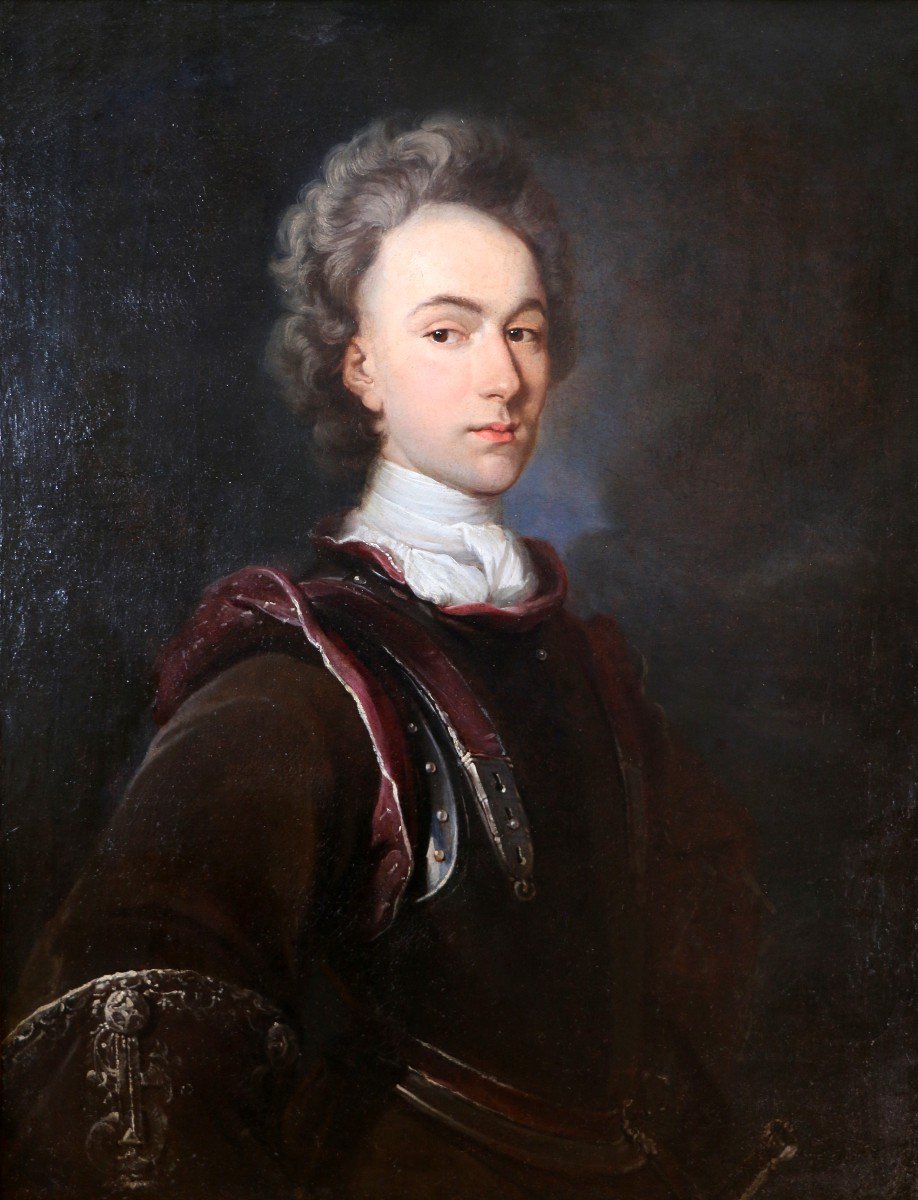
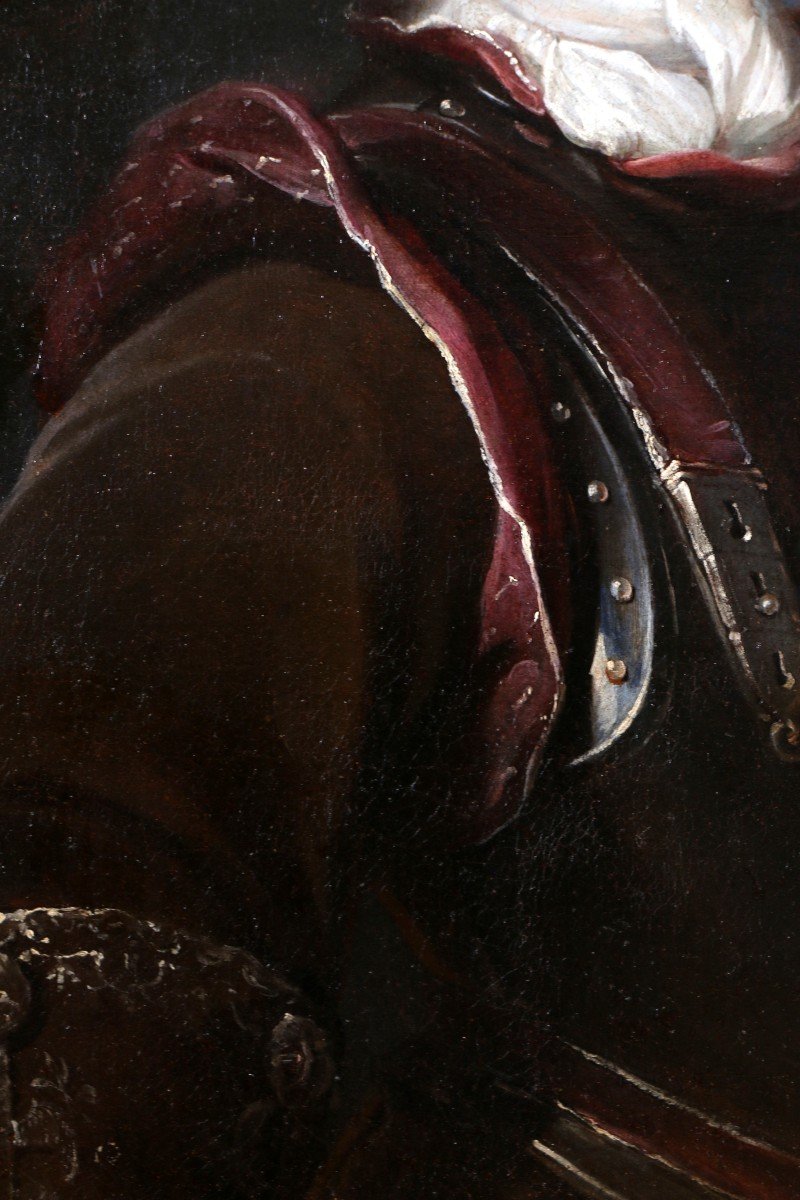




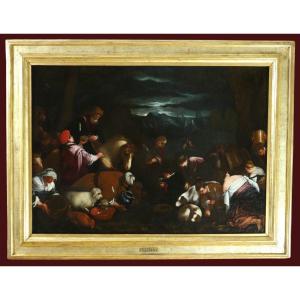


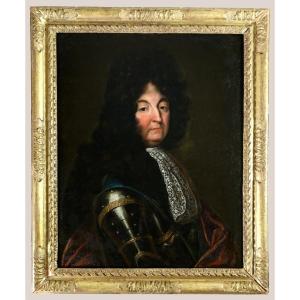
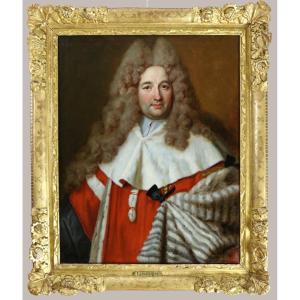
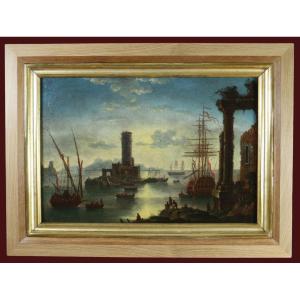


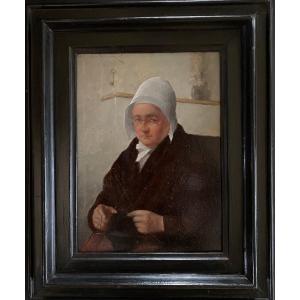

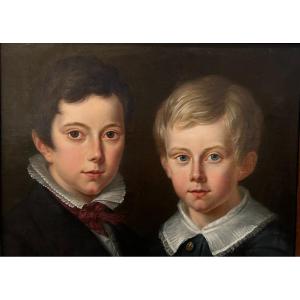
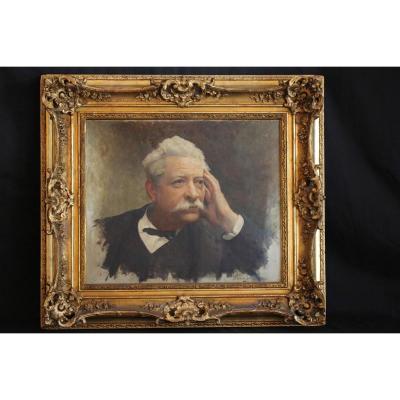



 Le Magazine de PROANTIC
Le Magazine de PROANTIC TRÉSORS Magazine
TRÉSORS Magazine Rivista Artiquariato
Rivista Artiquariato
